People’s President: Life and legacy of Ebrahim Raeisi, who redefined politics
By Alireza Hashemi
Iran’s President Ebrahim Raeisi, Foreign Minister Hossein Amir-Abdollahian and two other officials have been declared dead after their helicopter crashed in the mountains of northeastern Iran on Sunday.
The incident took place in East Azerbaijan province after President Raeisi and his accompanying delegation were returning after inaugurating two hydraulic dams on the border with Azerbaijan.
The helicopter had to make a hard landing due to inclement weather conditions – including heavy rain and dense fog – which made it difficult for search and rescue teams to carry out the operation.
The wreckage of the chopper was discovered by emergency rescue teams in the wee hours of Monday morning in dense forests nestled between the cities of Varzaqan and Jolfa in East Azerbaijan province.
Pir-Hossein Koulivand, head of the Iranian Red Crescent Society (IRCS), announced in televised remarks that no sign of life was found on the crashed chopper, ending all hopes of survivors.
🔴President Raeisi, along with Foreign Minister Hossein Amir-Abdollahian, East Azarbaijan Gov. Malek Rahmati, East Azarbaijan Imam of Friday Prayer Mohammad Ali Ale-Hashem, & several other passengers, has been martyred in a helicopter crash in northwest of Iran. pic.twitter.com/Ehinb7uCAn
— Press TV 🔻 (@PressTV) May 20, 2024
Who was Ebrahim Raeisi?
Ebrahim Raeisi was born on December 14, 1960, in the city of Mashhad in northwestern Iran.
He rose through the ranks to become one of the most important political figures in the Islamic Republic of Iran, holding many key positions, including the chief of the judiciary, before taking the helm.
From 2004 to 2014, Raeisi served as Iran’s deputy chief justice and was known for his fair and humane approach, which won him many admirers across the country.
In 2014, he was appointed as the country’s Attorney General, a position he held until 2016.
He then became the custodian of the holy shrine of Imam Reza, the eighth Shia Imam, in his hometown Mashhad. As the custodian of the shrine, he accomplished works that were not done before.
His most notable appointment came in March 2019 when the Leader of the Islamic Revolution, Ayatollah Seyyed Ali Khamenei, chose him to lead Iran's judiciary.
He succeeded Sadeqh Amoli Larijani, who was appointed the head of the Expediency Council.
As the head of the Iranian judiciary, Raeisi initiated a much-lauded campaign against corruption in the system and enacted laws to protect women against domestic violence.
His popularity rose tremendously during his stint as the Iranian judiciary chief, which paved the ground for his political innings – as the chief executive.
Footage shows the crash site of the presidential copter in northwest of Iran pic.twitter.com/FaxgrFLn0a
— Press TV 🔻 (@PressTV) May 20, 2024
How did he make a political foray?
A noted Islamic scholar, Raeisi served as a member of the Assembly of Experts from South Khorasan province and was first elected from there in the 2006 election.
In 2016, he became the deputy leader of the Assembly of Experts, a Constitutional body responsible for appointing the Leader of the Islamic Revolution. Ayatollah Jannati heads the body.
Raeisi became a household name in Iran and across the Muslim world in 2017 when he ran as a popular candidate in the presidential election against then-President Hassan Rouhani.
He ended up second in that election after Rouhani, who secured 23.5 million votes against Raeisi's 15.7 million.
However, his second presidential bid in 2021 saw him emerge as the decisive winner, assuming leadership of the country for the next four years.
In the 2021 election, Raeisi won a landslide victory, pocketing 17.9 million votes out of the 28.9 million cast, establishing his reputation as a popular political figure.
The eighth president of Iran officially began his tenure on August 3, 2021.
Iranians gathered at Tehran’s Valiasr Square, praying for the well-being of President Raeisi and his companions after their helicopter crash-landed in the northwest of Iran. pic.twitter.com/itOKqP0QWw
— Press TV 🔻 (@PressTV) May 19, 2024
How was his governance different?
Raeisi’s election came at a time of significant challenges for Iran, including economic hardships exacerbated by US-led sanctions and heightened tensions with Washington.
His election campaign was centered on combating corruption and alleviating economic hardships.
After taking office, he hailed the youth as Iran's most valuable asset and the economy's driving force, committing to addressing their primary concerns, such as unemployment.
Moreover, Raeisi stressed the need to overhaul the bureaucratic system, combat corruption and bureaucratic inertia, and pledged to reduce inflation to a single-digit level by boosting production.
He supported diplomatic efforts to neutralize the impact of Western sanctions and improve the livelihood of the Iranian people.
A staunch critic of American presence in the region and its policy of imposing sanctions on independent nations, Raeisi vowed to "not waste a single moment" in getting sanctions lifted, rather focused.
The Iranian president declared that removing "cruel" sanctions would be an "obligation" for his administration, achievable through active economic diplomacy and neighborhood-friendly policy.
He adopted a firmer and pragmatic stance in Iran's foreign policy, particularly in negotiations with the US and European powers to revive the 2015 nuclear accord.
His tenure witnessed fresh talks to salvage the accord that had been derailed by former US president Donald Trump. But those efforts again hit a snag due to US procrastination on sanctions removal.
The 63-year-old president passed away in a helicopter crash during a visit to Eastern Azerbaijan province, where he and his Azerbaijani counterpart, Ilham Aliyev, inaugurated two dams built on the Aras River.
Iran's Foreign Minister, Hossein Amir-Abdollahian, the governor of Iran's East Azerbaijan province, and other officials and bodyguards were also on board the chopper that crashed.
Benin's armed forces foil coup attempt against President Talon: Authorities
Iran to develop advanced stealth missiles to counter Israeli systems: IRGC chief
Yemen opens trial for 13 people charged with spying for CIA, Israel
Egypt says Rafah will not be a channel for Palestinian displacement
Chinese Army calls on Japan to stop its ‘slanderous acts’ amid tensions
Iran’s mega water transfer and coastal industrial pivot
Majority of Americans oppose war on Venezuela
Missiles with strike radius beyond Persian Gulf length used in IRGC drill: Parl. speaker


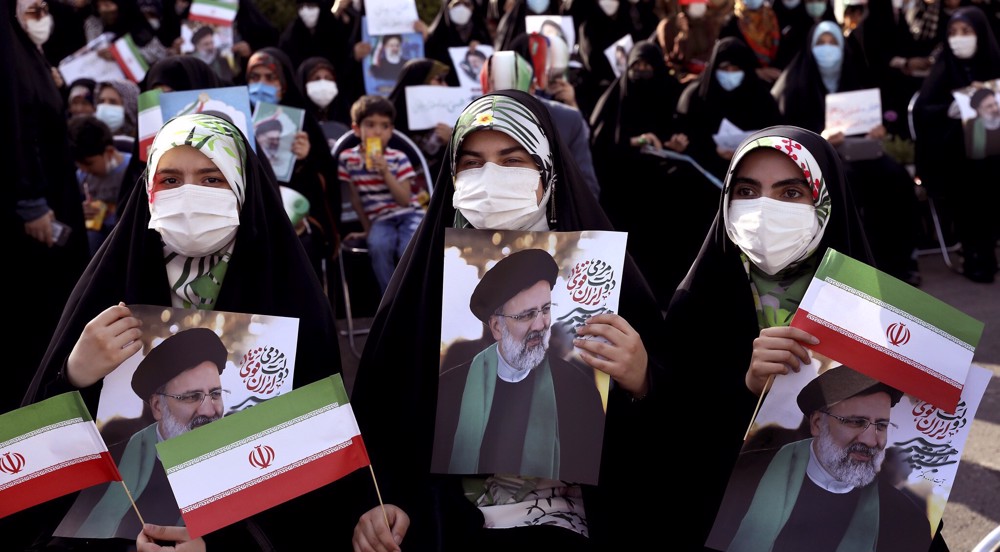
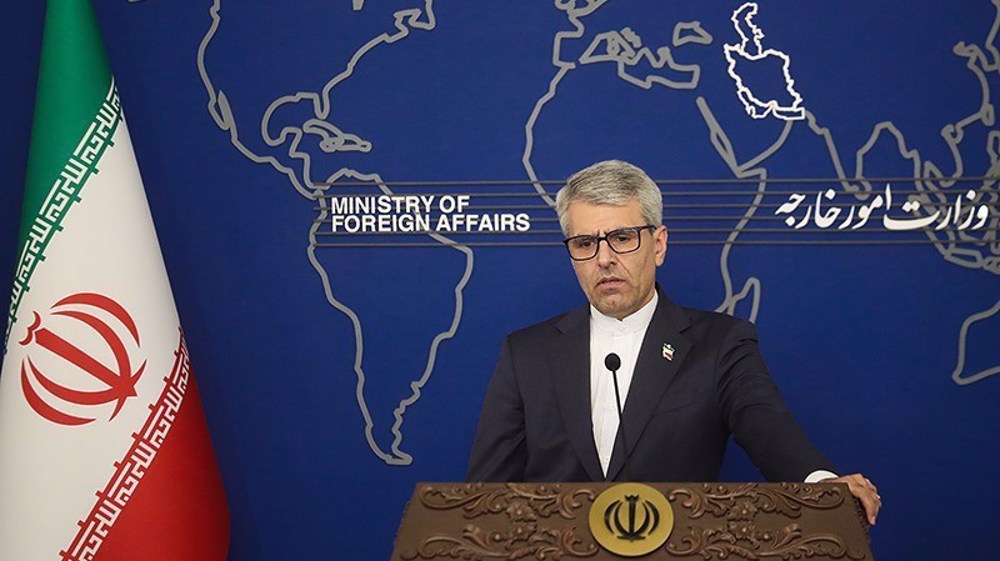
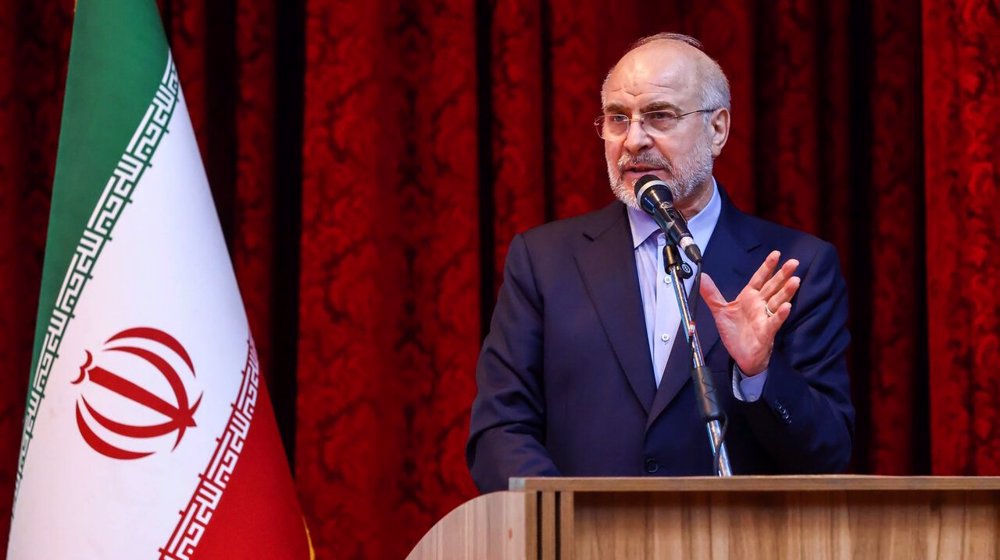
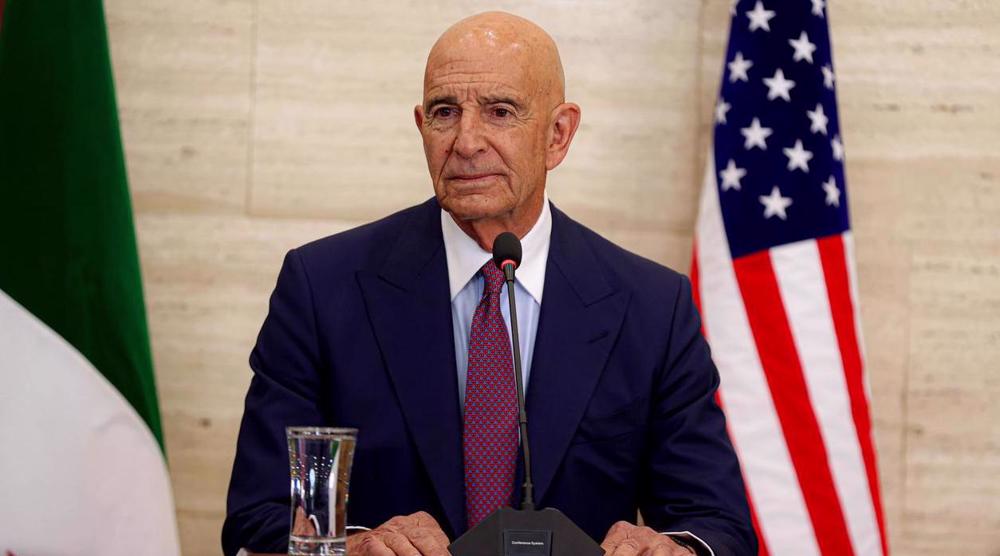



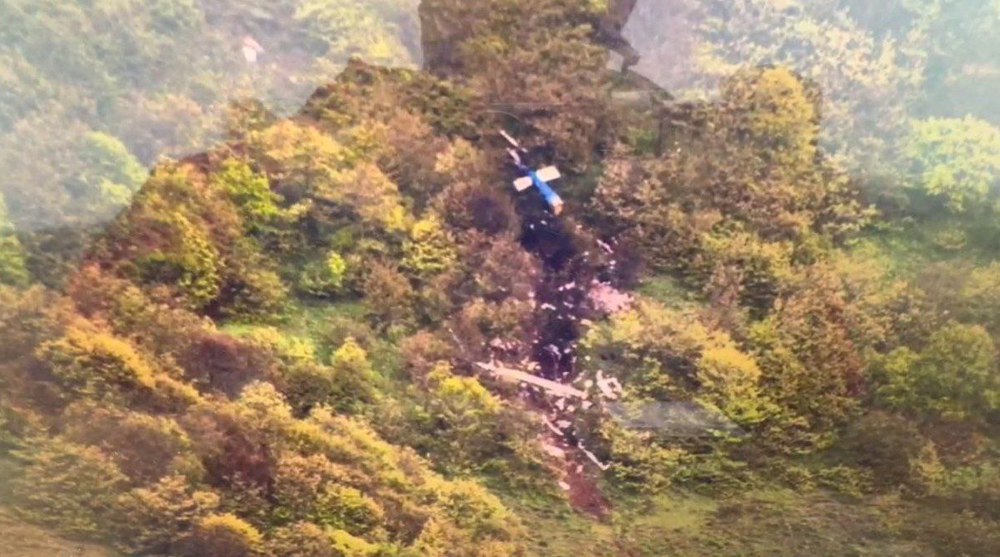
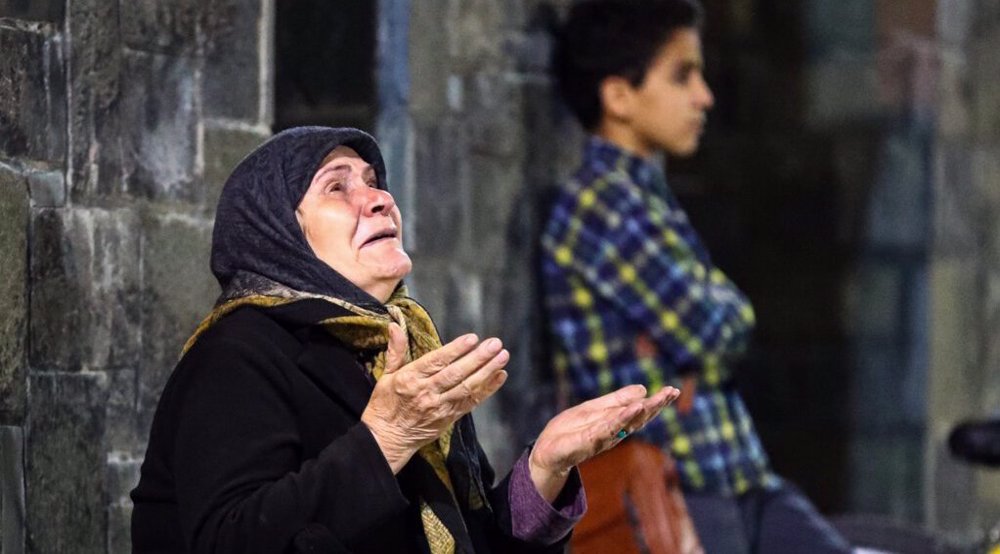
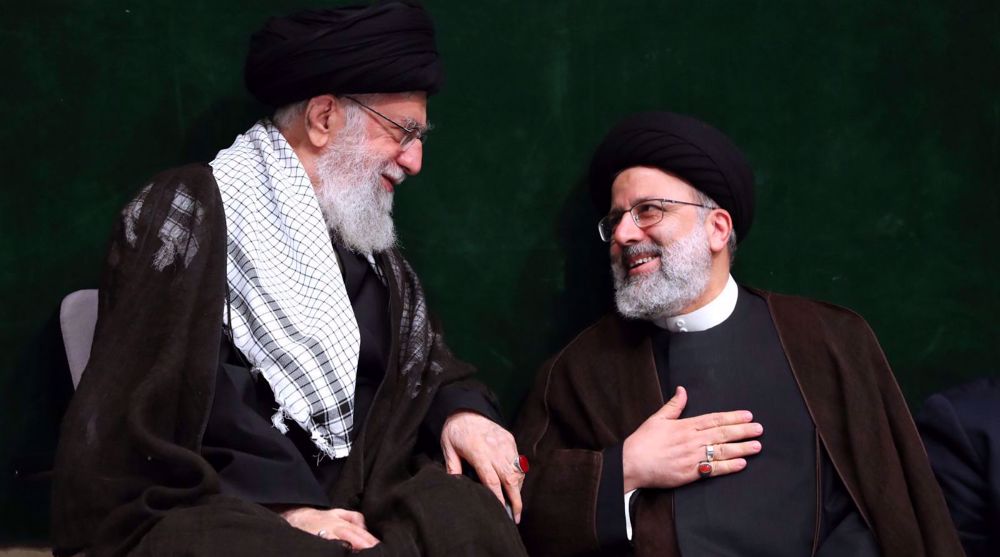
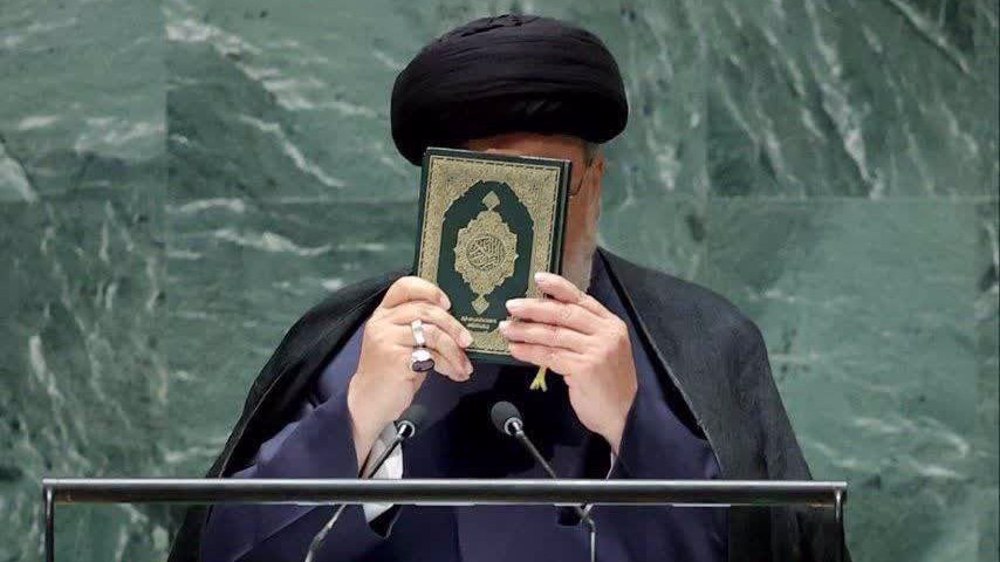
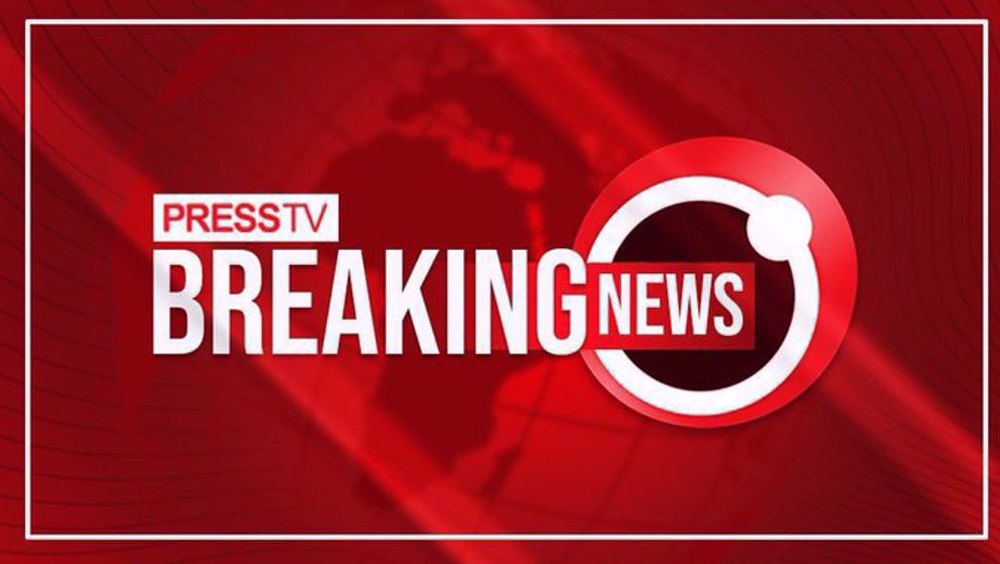

 This makes it easy to access the Press TV website
This makes it easy to access the Press TV website